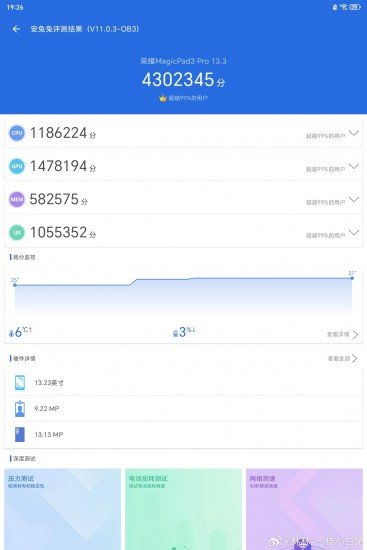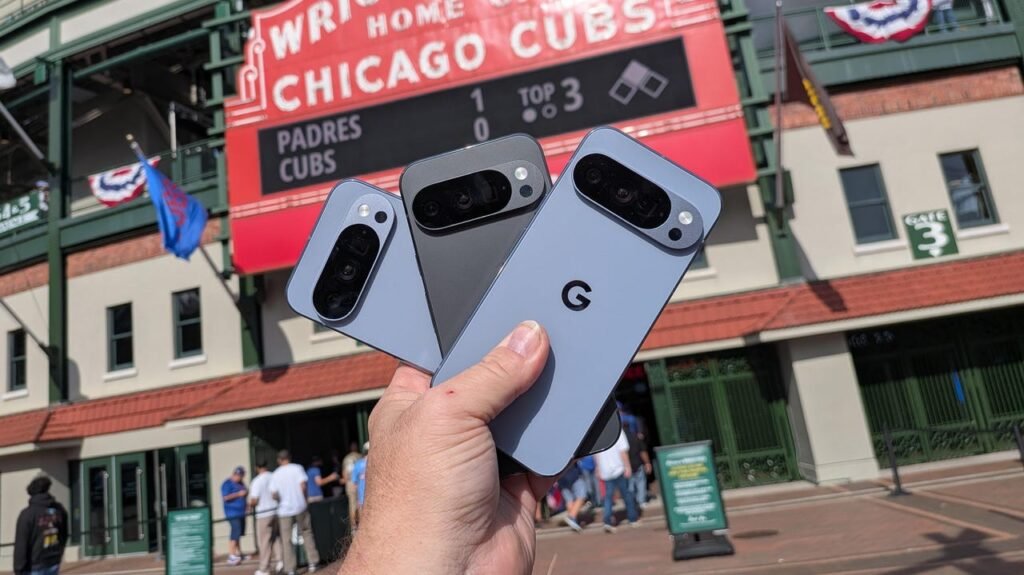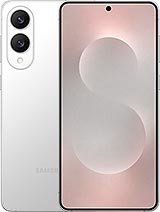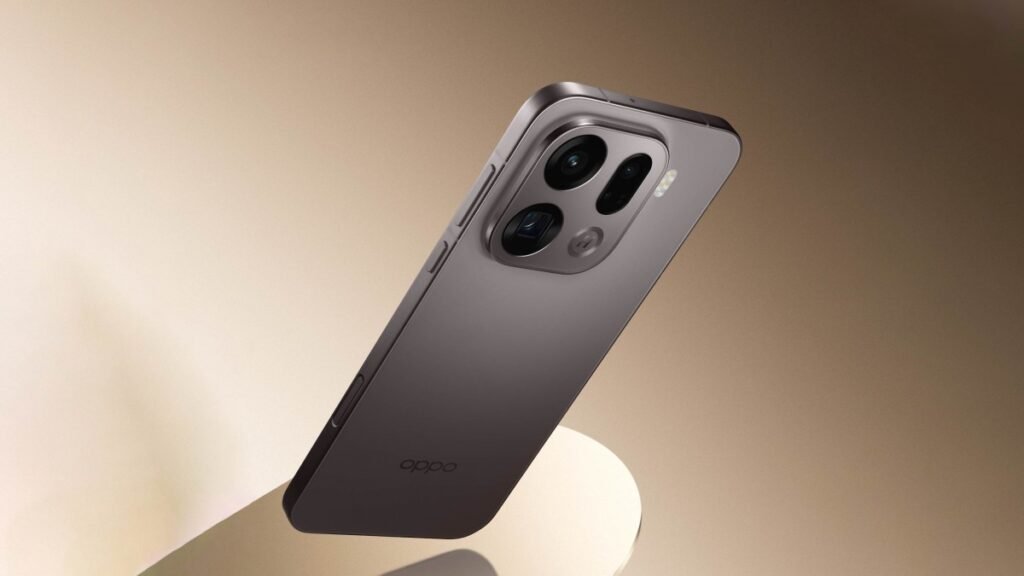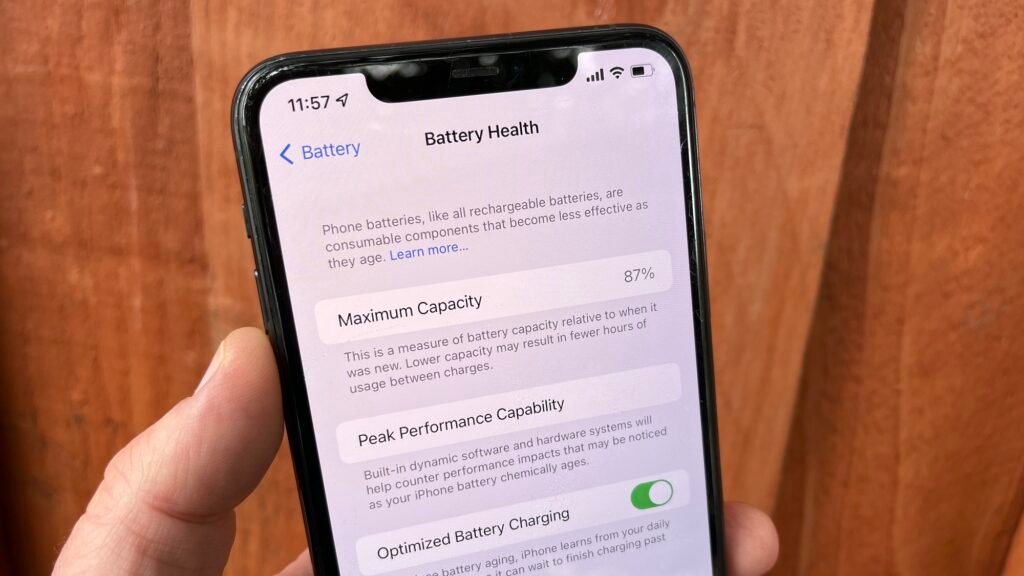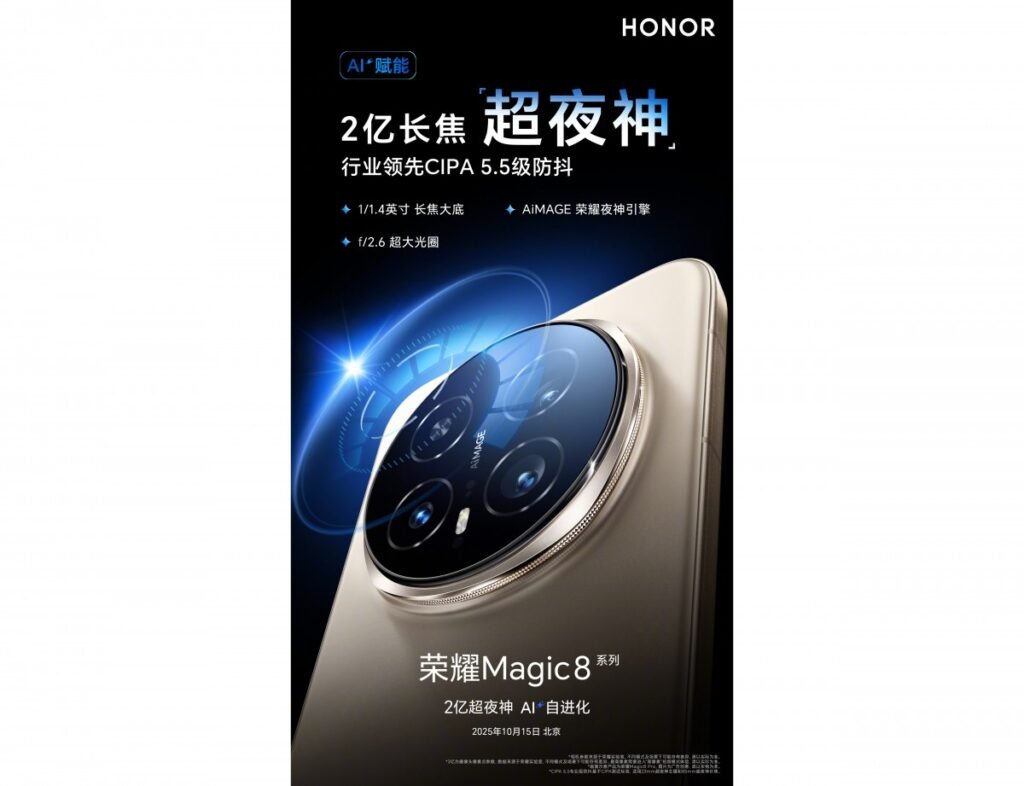Past US export controls curtailed the sale of sophisticated semiconductors to China. As Donald Trump takes office, the US looks set to expand the trade sanctions to block imports of older legacy chips, or “mature node” chips. While not as exciting as new cutting-edge AI semiconductors, these chips are used in almost all electronic devices, everything from car remotes to refrigerators.
The outgoing Biden administration launched an investigation in late December into Chinese subsidies of these legacy chips. The Trump administration will have to decide whether to impose tariffs or other measures to stop the chips from entering the US market. Typical US investigations into discriminatory foreign government practices take between six months and a year to conclude.
Across the board penalties could prove counterproductive, hurting US industry and consumers. What is needed are smart sanctions that encourage manufacturers around the globe to use non-Chinese chips.
The hope is to prevent China from leveraging its traditional playbook, pumping subsidies into manufacturing facilities, and flooding global markets with low-cost products, to force Western manufacturers out of the market. The formula already has left China dominating a wide range of industries, from solar panels to electric vehicles, set top boxes to security cameras.
Legacy semiconductors could be next. Chinese chips are in most companies’ products surveyed by the US Department of Commerce and Bureau of Industry and Commerce. Although Chinese chips currently only make up about 2.8% of all chips by count, Beijing has made building an independent semiconductor industry key to its “Made in China 2025” plan. Since 2018, it has subsidized overcapacity for legacy chips, threatening to make Western companies dependent on China.
The US has already taken steps against the looming threat. The CHIPS Act, signed into law in 2022 by the Biden administration, aims to ensure that semiconductors are “made in America by American workers.” The goal is to reduce national security risks and improve supply chain resilience.
But US subsidies will be insufficient. The incoming Trump administration might be tempted to impose tariffs on legacy chips from China. This, too, will be ineffective. A nuanced approach is needed.
Get the Latest
Sign up to receive regular Bandwidth emails and stay informed about CEPA’s work.
Take the example of a refrigerator: the appliance itself costs several hundred dollars, and around $100 to build. By contrast, the several legacy chips it contains cost around $1 or less. A 100% tariff on these chips would have a negligible impact on the total product cost. Manufacturers could absorb the tariff cost or pass it on to the consumer without anyone noticing.
Instead, the US should impose targeted tariffs on finished products. If tariffs are slapped on the refrigerator instead of the chips, the economics change. Suddenly, the refrigerator is 30-50% more expensive, making it much less attractive for consumers. The price hike will hurt the manufacturer’s bottom line, until the offending Chinese chips are removed from the design. Manufacturers would be forced to source from American chipmakers such as Texas Instruments, or Europeans such as ST Microelectronics.
Tariffs on finished products are not a magic wand. Much work will be required to identify which products contain Chinese mature node chips. Given the ubiquitous nature of these electronics, that will prove difficult. Although the Department of Commerce survey found Chinese chips in the majority of products, 44% of companies did not know whether their products contained Chinese-fabricated chips.
A certification scheme would help solve this problem. It would keep the prevalence of Chinese chips at bay, obliging manufacturers to get each model certified by an independent testing agency as “China chip free” in order to qualify for a tariff exemption.
Beyond refrigerators, the certification scheme could apply to other consumer products such as heating and air ventilation systems. The tariffs should be imposed selectively to give time for US and European suppliers to prepare.
These targeted tariffs would also generate revenue during the transition period, while manufacturers set up new component procurement contracts and modify their product design where necessary. The initiative should end up tax neutral. Funds raised could be reinvested to bolster the domestic semiconductor industry and support American jobs.
China’s semiconductor overcapacity poses a significant threat to global supply chains and national security. By imposing final product tariffs, the US can safeguard its semiconductor industry, protect critical supply chains, and reduce dependence on Chinese manufacturing – a winning combination.
Christopher Cytera CEng MIET is a non-resident senior fellow with the Tech Policy Program at the Center for European Policy Analysis and a technology business executive with over 30 years’ experience in semiconductors, electronics, communications, video, and imaging.
Bandwidth is CEPA’s online journal dedicated to advancing transatlantic cooperation on tech policy. All opinions are those of the author and do not necessarily represent the position or views of the institutions they represent or the Center for European Policy Analysis.
Read More From Bandwidth
CEPA’s online journal dedicated to advancing transatlantic cooperation on tech policy.



